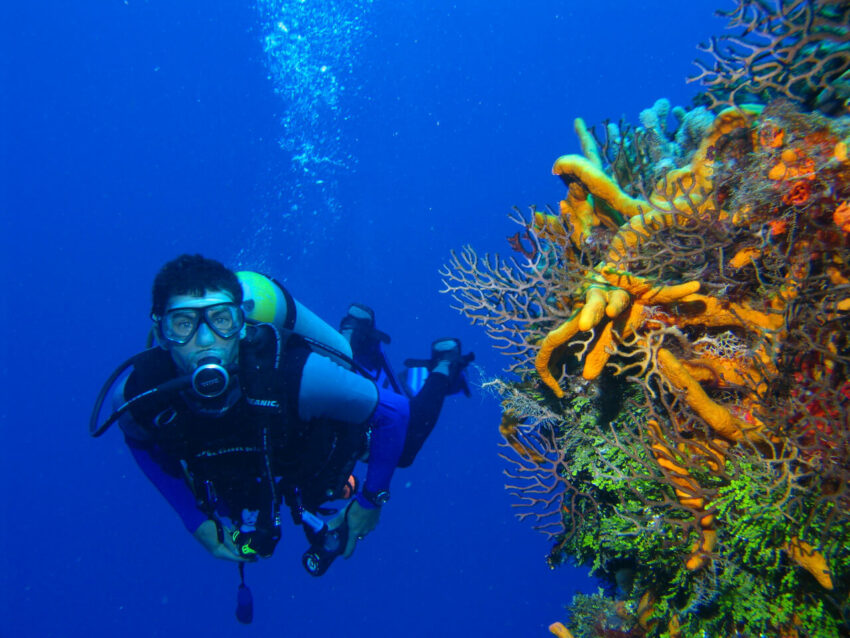Decompression Sickness in Diving

DCS or Decompression Sickness occurs when the pressure changes are rapid enough to turn atmospheric gases into bubbles. Usually, this is seen with Nitrogen. Whenever one descends into the water, he or she breathes in nitrogen which then dissolves into the blood as well as tissues. As he or she continues to descend, the nitrogen will then exit the tissues and blood and instead form tiny bubbles because of the drop in pressure.
Should the said nitrogen remain unabsorbed so that you can exhale it, the tiny bubbles soon come together to form larger bubbles that can seriously damage your body. When the bubbles become large enough, they can even block blood from flowing.
There are several dive related errors that can put one in this situation. They include misusing dive tables, having depth gauges that are inaccurate, dive computers that malfunction and the like.
Times When DCS Can Occur
- When you go on multiple dives that last long
- Rapid ascension after a dive
- If you move too early from surface air (low altitude) to air or mountain (high altitude)
When Are You at Risk of DCS?
You are at risk if:
- You dive beyond the time originally planned for the dive
- When you exceed your maximum depth
- When you drive to areas of high altitude or fly soon after coming from a dive
Symptoms to Watch Out For
Pain in the joints of the legs and arms is the symptom that is most common. Other signs and symptoms include the following:
- Feeling short of breath
- Weakness or fatigue
- A skin rash that is blotchy
- Chest pain
- Dizziness
- Swelling of the skin
- Itchiness of the skin
- Abdominal distress
It is important to note that these may show up while you are still underwater, but they may also occur as many as 36 to 48 hours after you have finished your dive.
Prevention
If you are looking for the best way to prevent yourself from experiencing decompression sickness, then you need to avoid the various conditions that put you at risk.
- Regardless of how skillful you are, dive within your training limits at all times.
- If you are on a dive which will need decompressions stops, keep an eye on the dive computer and follow the dive table strictly since it will let you know the required decompression stops based on your dive profile.
- Don’t get on a plane within a short time of coming from a dive. If you had one dive, give yourself 12 hours before getting on a plane, and if you were on multiple dives, make it eighteen to twenty-four hours.
We hope covering “Decompression Sickness in Diving” will help you to understand more about it and how to dive safely. If you have any question, feel free to contact us.
Want to learn more about the bend? Check out this blog from our friends at I DiveBlue.